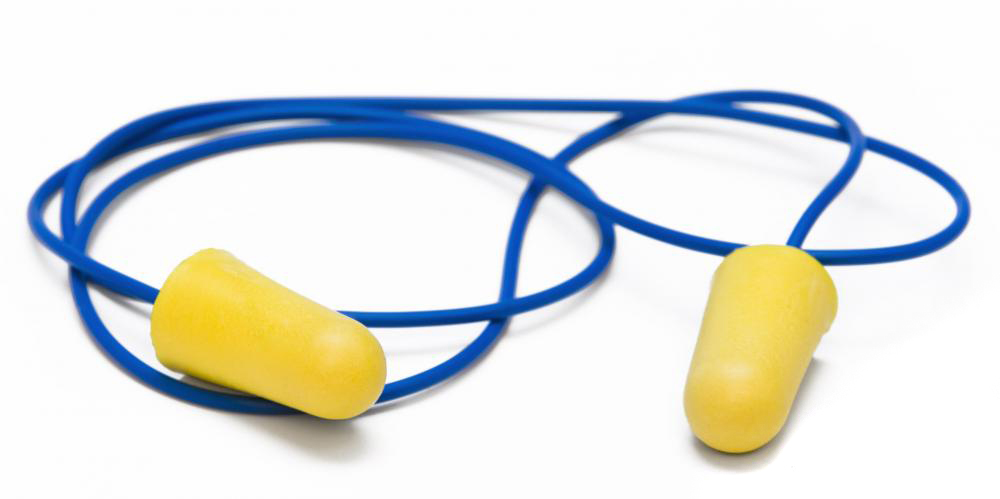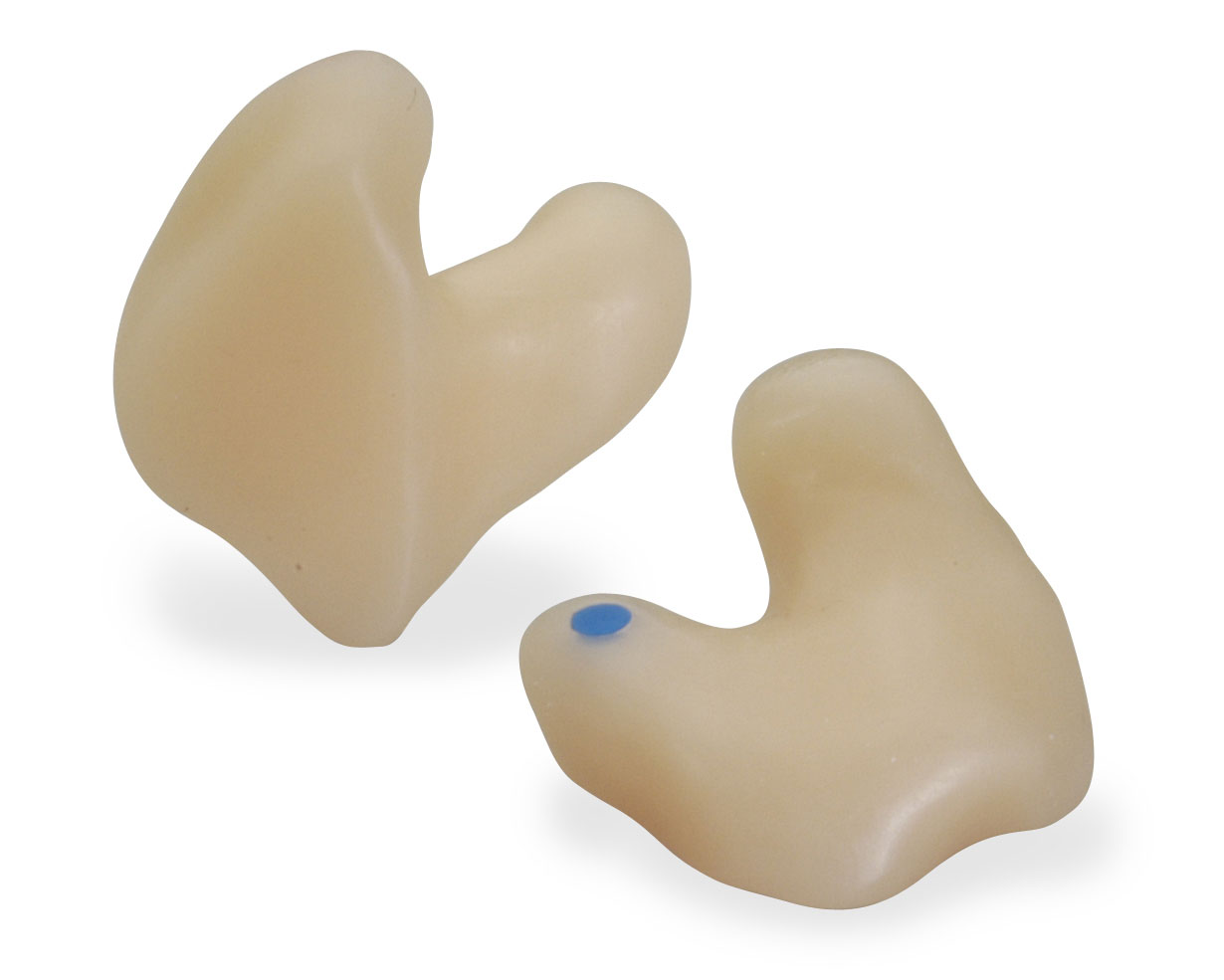Noise Protection

• Noise is part of everyday life, but loud noise can permanently damage your hearing.
• Young or old, once you lose your hearing you can never get it back.
• New regulations have been introduced to better protect workers from noise at work.
Am I at risk?
You are at risk if you can answer 'yes' to any of these questions about the noise where you work:
• Is the noise intrusive - like a busy street, a vacuum cleaner or a crowded restaurant - for most of the working day?
• Do you have to raise your voice to have a normal conversation when about 2 m apart for at least part of the day?
• Do you use noisy power tools or machinery for over half an hour a day?
• Do you work in a noisy industry, eg construction, demolition or road repair; woodworking; plastics processing; engineering; textile manufacture; general fabrication; forging, pressing or stamping; paper or board making; canning or bottling; foundries?
• Are there noises because of impacts (eg hammering, drop forging, pneumatic impact tools etc), explosive sources such as cartridge-operated tools or detonators,or guns?
• Do you have muffled hearing at the end of the day, even if it is better by the next morning?
Symptoms and early signs of hearing loss
• Conversation becomes difficult or impossible
• Your family complains about the television being too loud
• You have trouble using the telephone
• You find it difficult to catch sounds like 't', 'd' and 's', so you confuse similar words
• Permanent tinnitus (ringing, whistling, buzzing or humming in the ears) can also be caused
Generally hearing loss is gradual. By the time you notice it, it is probably too late. We want to prevent hearing loss before it happens. You can also suffer instant damage from very loud or explosive
Health risks
Earplugs are generally safe, but precautions may be needed against a number of possible health risks, with additional ones appearing with long term use:
• Pushing in earplugs into the external ear canal may cause the air pressure to rise in it, in effect pushing against the eardrum and causing pain. This may be caused by pressure on the ear while lying down on the side, and is also the case when completely expanded foam earplugs are pushed further into the ear. To bypass the latter risk, such earplugs are instead removed, compressed and inserted to the desired depth. Vice versa, when pulled out, the resultant negative pressure pulls the eardrum. Therefore, some earplugs are better carefully screwed or jiggled out rather than yanked out. Yawning does not help equalizing this air pressure difference, since it equalizes the pressures between the middle ear and the environment, while this overpressure rather is located in the outer ear, between the eardrum and the earplug.
• If pushed too far into the ear canal, they may push ear wax and debris into the canal and possibly against the ear drum. As a precaution, ear plugs should not be pushed further into the ear canal than that they may be grabbed and rotated.
• There is a possibility for allergic reactions, but this is likely rare, as earplugs generally are made of immunologically inert materials.
Long-term use
Custom molded plugs are recommended for long-term use, since they are more comfortable and gentle to the skin and won't go too far into the ear canal.
Nevertheless, prolonged or frequently repeated use of ear plugs have the following health risks, in addition to the short term health risks:
• They may cause earwax to build up and plug the outer ear, since it blocks the normal flow of earwax outwards. This can result in tinnitus, hearing loss, discharge, pain or infection. Excess earwax should be carefully removed from the ear, and earplugs should be cleaned regularly with water and mild soap. However, foam type ear plugs are usually designed to be disposable, and will expand and lose their memory property upon drying after washing with water and soap. They will become quite spongy, expand very quickly after being compressed, making them quite problematic in proper insertion into the ear canal. They also lose a large proportion of sound attenuating capability after such washing and drying.
• They may cause irritation of the temporomandibular joint, which is located very close to the ear canal, causing pain. Individually fitted non-elastic earplugs may be less likely to cause this irritation compared with foam ones that expand inside the ear canal.
• Earplugs are also a possible cause of ear inflammation, otitis externa, although the short term use of earplugs when swimming and shampooing hair may actually help prevent it. Still, many pathogenic bacteria grow well on warm, moist, foam-type plugs (polyvinylchloride (PVC) or polyurethane). However, there need also be a loss of integrity of the skin for infection to occur. Hard and poorly fitting ear plugs can scratch the skin of the ear canal and set off an episode. When earplugs are used during an acute episode, disposable plugs are recommended, or used plugs must be cleaned and dried properly to avoid contaminating the healing ear canal with infected discharge.

Custom moulds
Noise and decibel reduction earplugs can be molded to fit an individual's ear canal. This is associated with a higher cost, but can help to reduce the discomfort typically experienced after longer use, or if the level of protection or performance is inadequate.
An earplug is a device that is meant to be inserted in the ear canal to protect the wearer's hearing from loud noises or the intrusion of water, foreign bodies, dust or excessive wind.